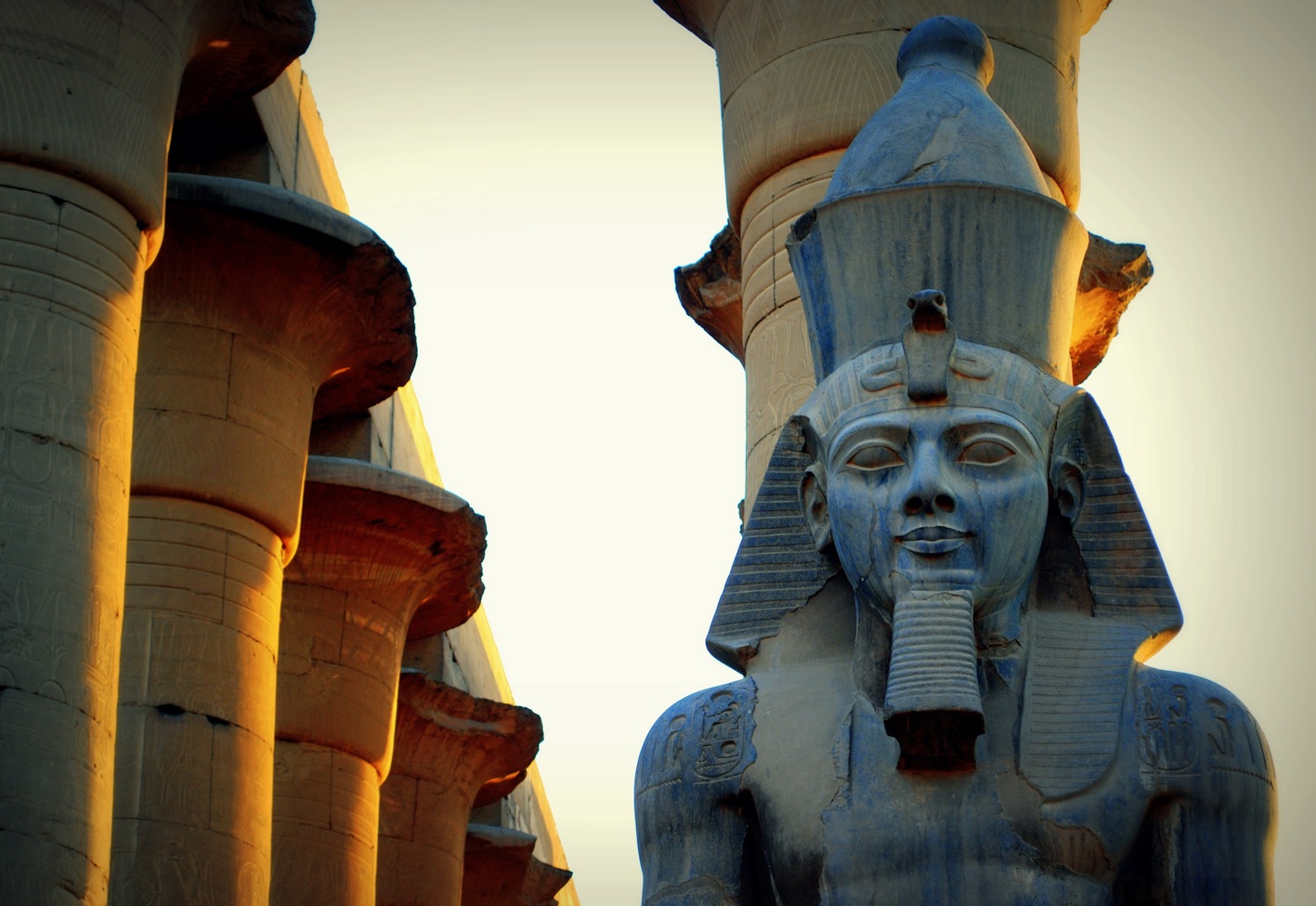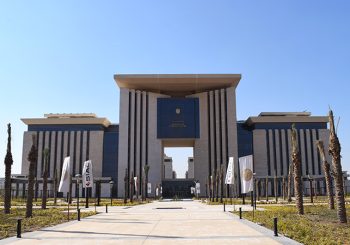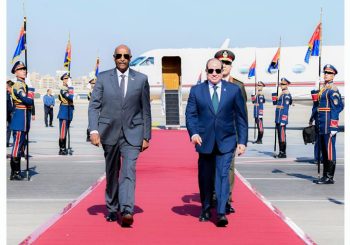EgyptAir launched the second phase of direct charter flights between Japan and Luxor, bringing 231 Japanese tourists to the touristic hotspot in Egypt’s south on Sunday.
Sunday’s flight marks the first in the second phase of direct flights between Japan and Luxor offered by EgyptAir, Egypt’s flagship airline.
“This is part of the company’s commitment to bringing tourism back to Egypt, which is a crucial source of national income,” state-owned Ahram Online quoted EgyptAir’s chairman, Safwat Mosallam, as saying.
In April, the first direct flight between Japan and Luxor in five years brought 230 Japanese tourists to Luxor from Osaka.
Direct flights between Japan and Egypt were halted following the 2011 uprising that toppled former president Hosni Mubarak and caused widespread instability in the country.
Egypt’s tourism industry, a vital source of foreign currency and a cornerstone of the economy, is still struggling from the 2011 unrest that scared away tourists and foreign investors.
Since then, a number of other incidents have worsened the state of tourism in the country.
In October last year, a Russian passenger plane crashed over the Sinai Peninsula killing all 224 people on-board. An affiliate to the self-proclaimed Islamic State group claimed responsibility for the crash, saying that it had planted a bomb on board the aircraft.
The image of Egypt as one of the world’s foremost tourist destinations has also been damaged by the murder of Italian doctoral student Giulio Regeni. The student disappeared on January 25 only to be found dead some 10 days later in a Cairo ditch with torture marks covering his body. Human rights groups say the signs of torture on his body resemble methods used by Egypt’s security forced, something Egyptian authorities forcefully deny.
Furthermore, in September last year 12 Mexican tourists were accidentally killed by security forces who reportedly mistook them for militants.
Tourist arrivals have largely failed to pick up during the course of 2016; according to statistics from the Central Agency for Public Mobilization and Statistics (CAPMAS), the number of tourists traveling to Egypt in June dropped by nearly 60 percent year-on-year to reach a meager 320,000.
According to a report from Egypt’s Ministry of Planning, the tourism trade in the country shrank by 34 percent during the first nine months of the 2015/2016 fiscal year.
The falling tourism revenues have been amplified by the dwindling foreign currency reserves that negatively affected the budget deficit.
However, some hope that the recent steps taken by Egyptian authorities, including the Central Bank of Egypt’s surprise move to devalue the Egyptian pound and the expected USD 12 million loan from the International Monetary Fund, will help set the country on the right track and bring back foreign investments and tourists.
Despite Egypt’s dwindling tourism revenues, which have played a part in triggering the country’s ongoing foreign currency crisis, Egypt aims to attract 12 million tourists by the end of 2017 by way of implementing an ambitious six-point plan, which will include increasing the presence of the national airline EgyptAir abroad, cooperating with low-cost airlines and improving services.







Comments (0)